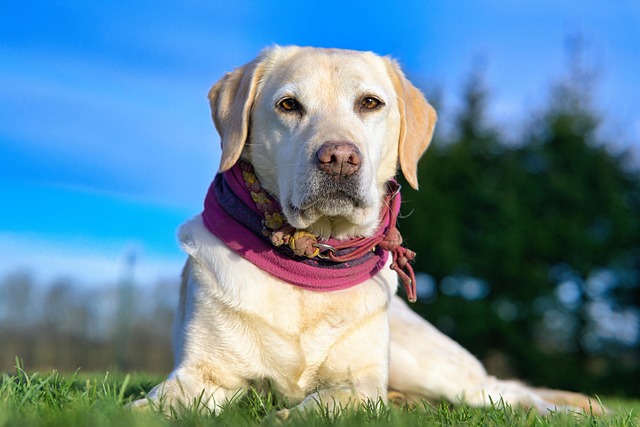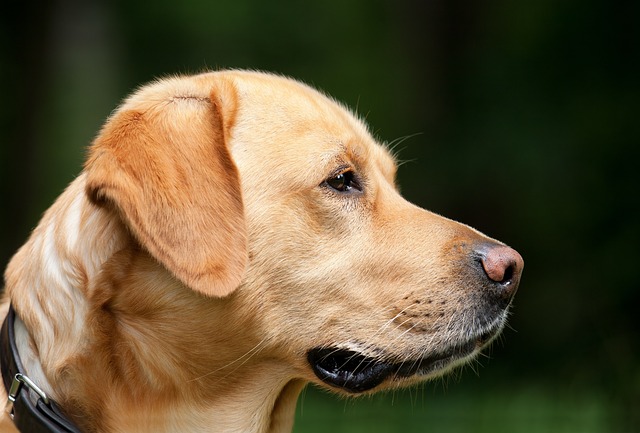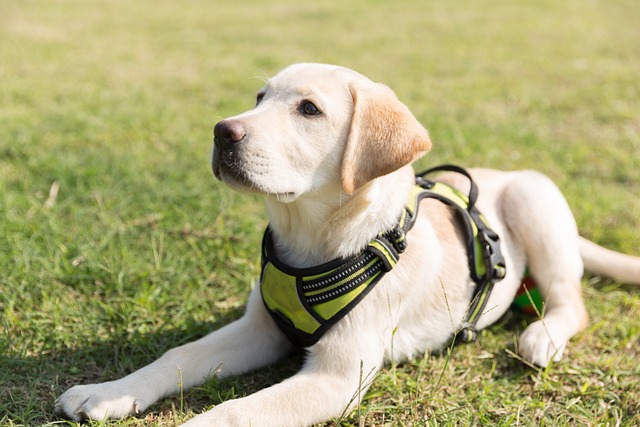
How do i train my dog to be obedient?
Watching your dog dart across the park ignoring your calls isn’t just frustrating—it can put them at risk near busy streets or public spaces.
If you’ve brought home a dachshund puppy or adult dog, one of the first questions you’ll probably have is how long potty training will take. These long-bodied, curious pups have their own quirks, and their training timeline isn’t the same as every other breed—so setting realistic expectations from the start helps avoid frustration.
Most dachshund owners find potty training takes 4 to 6 months, but this timeline shifts with consistency and the dog’s age. Puppies under 6 months have smaller bladders, so they need more frequent trips outside—first thing in the morning, after meals, and before bed. Skipping these routine breaks can slow progress, as dachshunds are smart but don’t connect accidents to mistakes easily.
It’s key to align training with local laws, too. Many areas in the U.S. and Europe require cleaning up after your dog in public, and some cities fine owners who don’t. Keeping waste bags handy during training walks teaches responsibility while reinforcing good habits. Also, check if your area has leash laws—most do, and using a short leash helps you guide your dachshund to the right spot faster.
 Positive reinforcement works best for this breed. Dachshunds love praise and small treats, so rewarding them immediately after they go potty outside builds confidence. Avoid scolding if they have an accident indoors; it can make them afraid to go near you when they need to go. Instead, gently move them outside next time you notice signs like pacing or sniffing.
Positive reinforcement works best for this breed. Dachshunds love praise and small treats, so rewarding them immediately after they go potty outside builds confidence. Avoid scolding if they have an accident indoors; it can make them afraid to go near you when they need to go. Instead, gently move them outside next time you notice signs like pacing or sniffing.
Consistency in cues helps speed things up, too. Pick a simple phrase like “go potty” and use it every time you take your dachshund out. They’ll start associating the words with the action, making training smoother. Also, stick to the same spot for potty breaks—familiar smells help them understand where they’re supposed to go.
Every dachshund is different, so be patient if your pup takes a little longer. Some adult dachshunds rescue dogs might need extra time if they didn’t have consistent training before. But with regular routines, positive rewards, and following local rules, most dachshunds master potty training by 6 months.
Don’t forget that training is a two-way street—staying calm and consistent helps your dachshund feel secure, which makes them more likely to follow the rules. By combining good habits with respect for local laws, you’ll build a happy, well-trained companion that fits right into your daily life.

Watching your dog dart across the park ignoring your calls isn’t just frustrating—it can put them at risk near busy streets or public spaces.

New puppy owners often find themselves rushing to clean up accidents before they set in, and that’s where puppy pad training becomes a game-changer.

If you've noticed your dog's waistline disappearing and your veterinarian has mentioned those few extra pounds, your first instinct might be to simply reduce the amount of food in their bowl.

Training a dog to use a designated spot indoors isn’t as daunting as many new owners fear, but it does take consistency and an understanding of your pet’s needs.

That moment of dread on a walk is all too familiar for many new dog owners. You see another dog approaching down the sidewalk of your neighborhood

If the sight of another dog on your neighborhood walk makes your heart sink as your own dog erupts into a frenzy of barking and lunging, you're not alone.